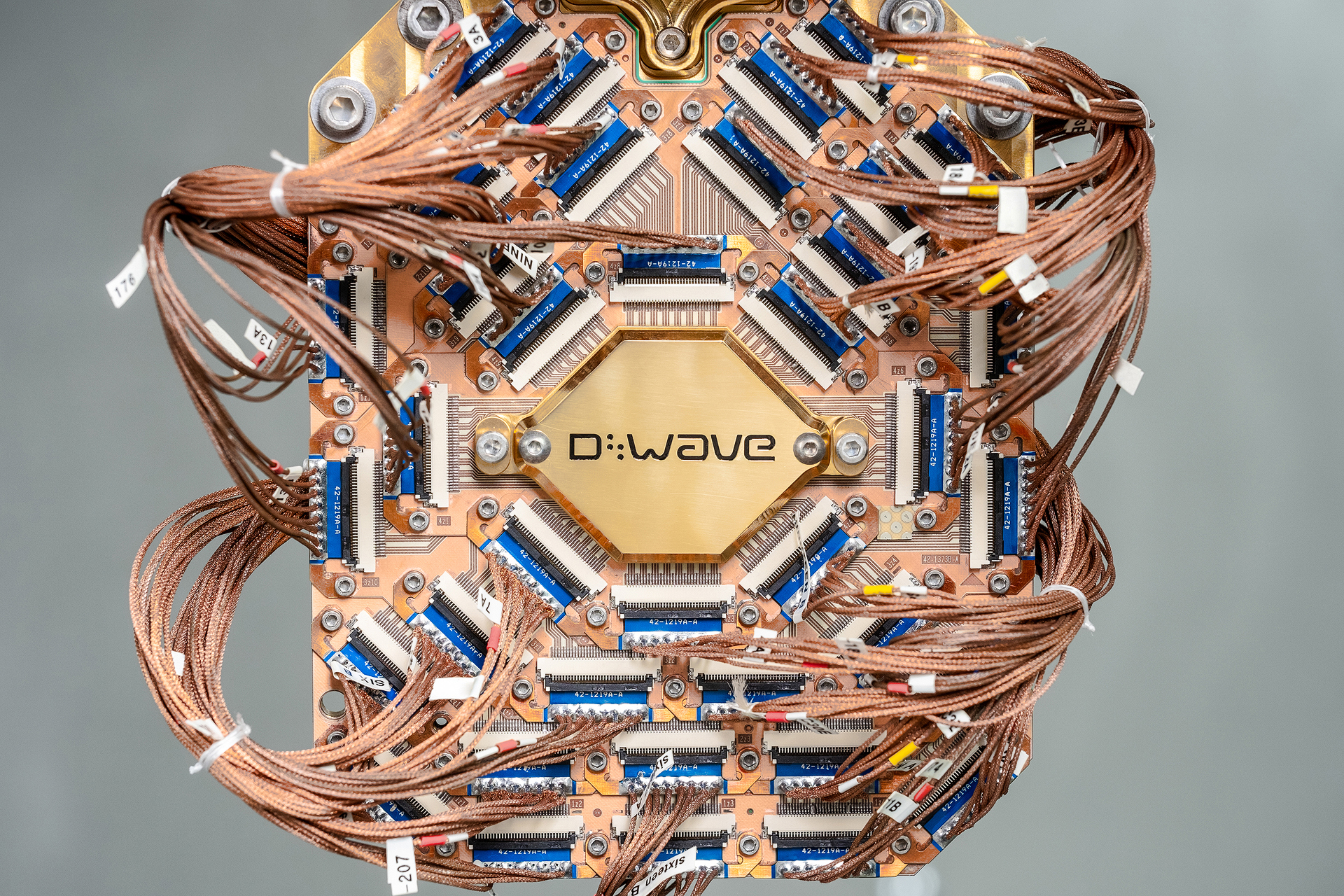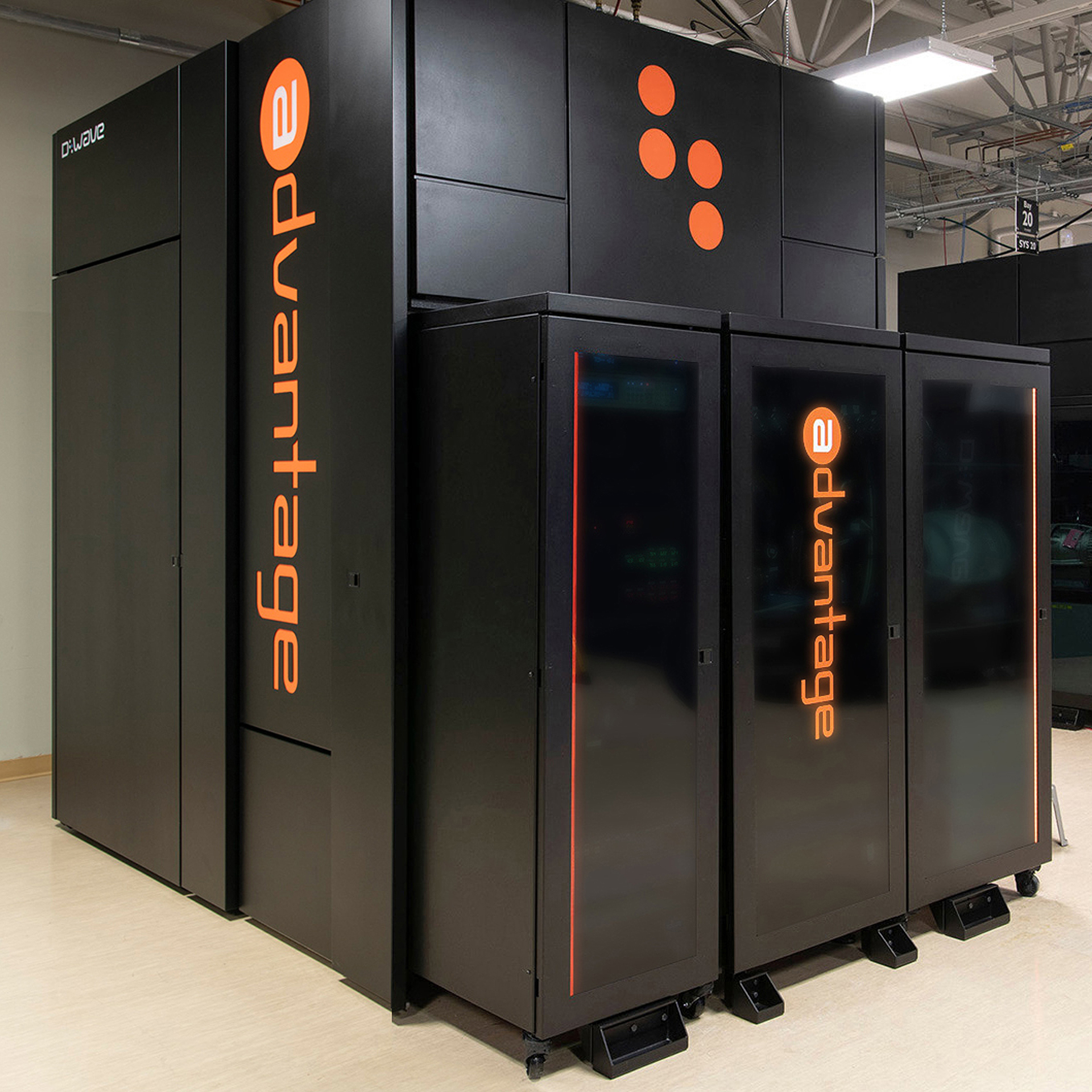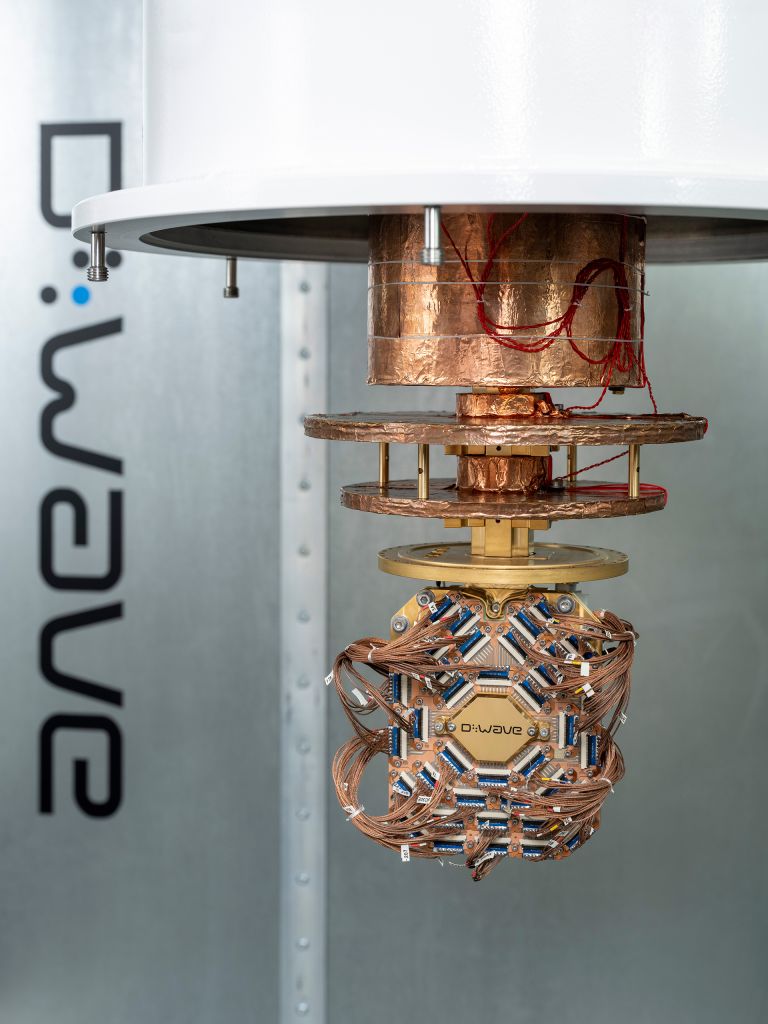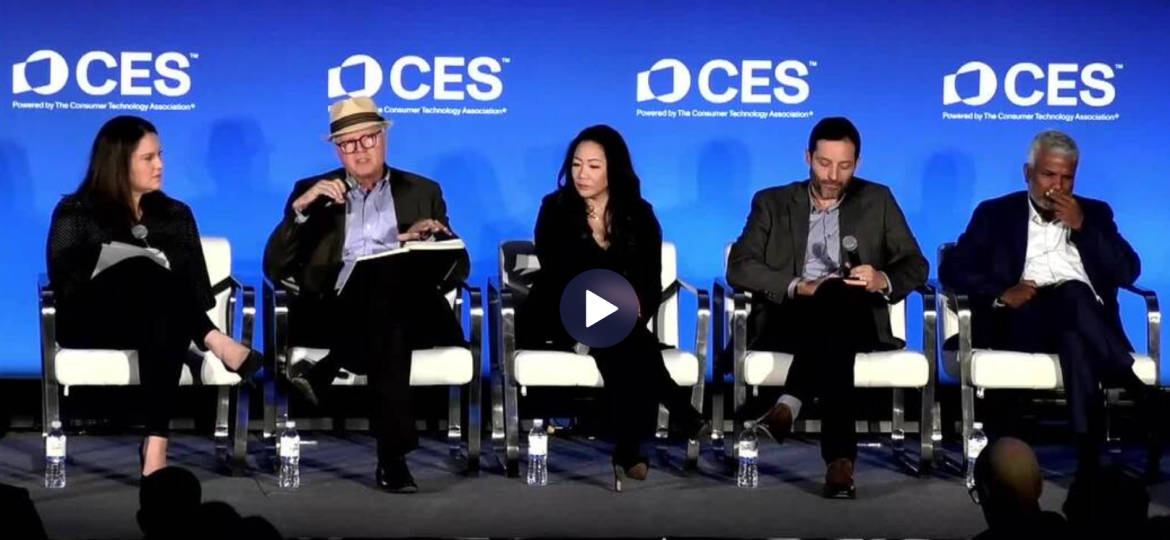In a special episode of The Quantum Bull, Murray Thom, Vice President of Quantum Technology Evangelism at D-Wave, offers a compelling look at the dramatic shift underway in quantum computing. What was once a niche academic pursuit is rapidly transitioning into a commercially applicable technology poised to disrupt multiple industries. With over 20 years of experience in quantum computing, Thom has become a globally respected thought leader and speaker, known for translating complex quantum concepts into actionable strategies for businesses and organizations. His mission is clear: to bridge the gap between quantum theory and real-world utility.
As quantum computing moves from promise to practice, Thom explains how D-Wave is at the forefront of this shift—particularly through its quantum annealing systems, which are already helping companies solve real-world optimization challenges. This episode explores how organizations are using D-Wave’s systems today and why 2025 could mark a pivotal turning point for the field.
D-Wave’s Transition: From Research to Real-World Impact
D-Wave has undergone a profound evolution—from a company known primarily for its contributions to quantum research to one focused on commercial quantum deployment. Thom emphasizes how D-Wave has expanded beyond experimental science to offer practical quantum solutions to enterprise clients. At the center of this evolution is Leap, D-Wave’s quantum cloud platform, which gives developers and businesses around the world access to live quantum systems.
Industries such as retail, automotive, telecommunications, and manufacturing are already leveraging D-Wave’s systems to gain operational efficiencies. For instance, companies are using quantum optimization to streamline delivery routes, reduce supply chain delays, and improve workforce scheduling. These use cases aren’t hypothetical—they’re active, measurable, and delivering ROI today.
“What I am most excited about and honestly what everyone a D-Wave is most excited about as we are building these quantum computing technologies is we love to see them used. All of the customers we’ve been working with… are developing new applications and it’s those new applications that get us really excited,” Thom shares.
What Makes D-Wave’s Approach Unique
At the heart of D-Wave’s differentiation is its quantum annealing architecture—a fundamentally different approach from the gate-based systems pursued by many in the field. While gate-based quantum computers are still in the early stages of development and face challenges in achieving fault tolerance, D-Wave’s annealers are already capable of solving optimization problems involving thousands of variables.
These systems are particularly valuable in industries dealing with logistical constraints, scheduling problems, or resource allocation—all classic optimization challenges. Thom notes that this gives companies a first-mover advantage, allowing them to extract value from quantum computing now, without waiting for the full maturity of gate-based technologies.
Perhaps even more striking, quantum annealing offers a sustainability advantage. A peer reviewed study published in Science found that D-Wave’s systems use up to 1,000x less energy than some of the world’s most energy-efficient classical supercomputers. As enterprises and governments prioritize low-power computing solutions, this positions D-Wave as both an economic and ecological frontrunner in next-gen computation.
“People are often surprised how many resources are available right now. We’ve produced five generations of quantum computers and those five generations have all consumed the same 12kw hours of power so there is a fantastic technology track record of development.” Thom explains.
Real-World Applications Already in Action
Thom outlines several powerful real-world deployments already underway using D-Wave’s technology:
- Logistics:
Canadian grocery conglomerate Pattison Food Group, which owns 13 grocery brands, has been using D-Wave’s quantum systems since 2022. Quantum optimization has reduced the time required to generate delivery routes by 80%, compared to manual methods. Additionally, quantum-driven in-store employee scheduling is projected to save over 50,000 work hours annually. - Pharmaceuticals:
Japan Tobacco is using D-Wave’s quantum systems to research new medical therapies, leveraging quantum simulations to accelerate drug discovery and molecule modeling. - Defense & Cybersecurity:
Defense agencies are applying D-Wave technology to complex mission planning, resource coordination, and threat analysis—areas where traditional computing hits limits in processing permutations quickly and effectively. D-wave is working with Davidson, a technology company specializing in defense and aerospace, using quantum computing to optimize advanced radar systems increasing in communication efficiency by 15%. - Finance:
Financial institutions are using quantum annealing to optimize investment portfolios, manage risk, and simulate markets—especially under volatile or constraint-heavy scenarios.
These are not isolated pilots—they are signs of a broader trend: quantum is entering production.
“Our quantum computers are probably some of the most studied in the entire world. There have been nearly 10,000 research papers published associated with our quantum computers,” Thom remarks.
2025: The Year Quantum Goes Commercial
Thom sees 2025 as a key milestone in the wider adoption of quantum computing. Several forces are converging to make this possible:
- Cloud accessibility through platforms like Leap has dramatically lowered the barrier to entry.
- Growing awareness among business leaders is leading to increased investment and internal buy-in.
- Maturing developer ecosystems and APIs are making integration with classical systems smoother and more scalable.
Thom emphasizes that this momentum is not theoretical—it’s operational. Companies are increasingly embedding quantum into their long-term digital transformation strategies. The next wave will include hybrid classical-quantum models and industry-specific solutions that combine AI, machine learning, and quantum computing.
Rather than being a long-term investment with uncertain payoff, quantum computing is becoming an immediate opportunity for businesses looking to stay ahead of the curve. Companies are starting to factor quantum into their strategic plans—not in five or ten years, but today.
Final Thoughts
Murray Thom’s insights signal a major transition for quantum computing: it’s no longer a technology of tomorrow—it’s a force for solving today’s most complex challenges. D-Wave’s annealing systems are delivering real-world impact in logistics, defense, finance, and pharmaceuticals, and doing so with energy efficiency and commercial viability.
As we look toward 2025 and beyond, the vision Thom lays out is clear: quantum computing will no longer be an experimental novelty but a mainstream business asset. The companies investing today are positioning themselves as leaders in a future where computation itself is redefined.




